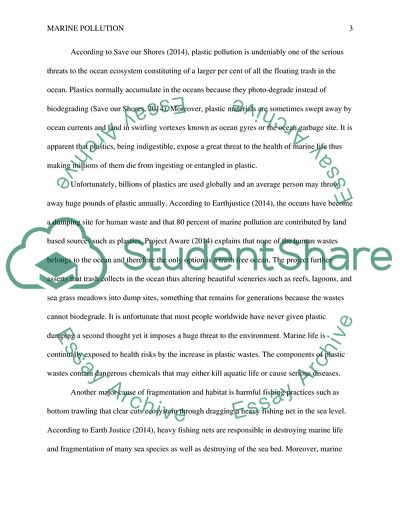Cite this document
(Marine Pollution Essay Example | Topics and Well Written Essays - 1500 words - 1, n.d.)
Marine Pollution Essay Example | Topics and Well Written Essays - 1500 words - 1. https://studentshare.org/biology/1818615-marine-pollution
Marine Pollution Essay Example | Topics and Well Written Essays - 1500 words - 1. https://studentshare.org/biology/1818615-marine-pollution
(Marine Pollution Essay Example | Topics and Well Written Essays - 1500 Words - 1)
Marine Pollution Essay Example | Topics and Well Written Essays - 1500 Words - 1. https://studentshare.org/biology/1818615-marine-pollution.
Marine Pollution Essay Example | Topics and Well Written Essays - 1500 Words - 1. https://studentshare.org/biology/1818615-marine-pollution.
“Marine Pollution Essay Example | Topics and Well Written Essays - 1500 Words - 1”. https://studentshare.org/biology/1818615-marine-pollution.


